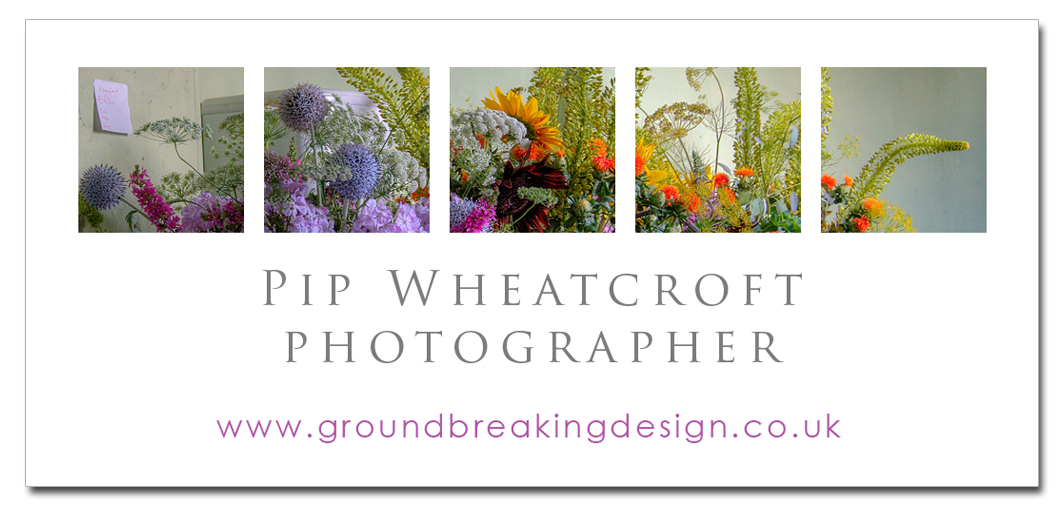Studio Equipment
Bowens Pulsar Radio Trigger
This multifunctional device can be used to trigger flash units, film and digital cameras and light meters up to 100m.
Because it uses radio transmission, rather than IR, it allows for triggering around corners, through walls and is not affected by high ambient light situations.
Choose from four individual channel and six studio selectors, each providing a unique ID for a different flash device or combine them to trigger all equipment within a given setup or studio.
Pulsar also features a hot-shoe mount, sync in and sync out terminals, a ready indicator, a test button and an external power option.
Because of its low-voltage operation, it is perfect for digital cameras.
Each unit can be used as either a transmitter or receiver and is powered by just two AAA batteries.
Bowens Gemini 500 Pro

The Gemini Pro range delivers more power and faster flash-durations making it the perfect portable flash system for fashion or commercial photographers.
Available in four sizes from 500Ws to 1500Ws the Gemini Pro monolights feature all of the benefits of the Gemini r units, including Travelpak battery and Pulsar/PocketWizard Trigger Card compatibility, but also offer flash-durations as fast as 1/2900 sec and a voltage seeking power system which makes them useable just about anywhere in the world.
Capture split-second action
If you need to capture action, then the Pro range is for you, the 500pro has an amazingly short flash-duration of 1/2900 sec! Compare this to 1/900 sec on the Gemini 500r and the decision is easy for fashion photographers.
The three electrode, flash tube is the reason for the action freezing flash times on the Gemini Pro monolights - the fastest Bowens monolights ever! The flash tube is easily user replaceable too - so, no expensive service center fees if it needs replacing.
Sekonic L 3085 Flashmate

Pocket-sized Digital Meter for Incident and Reflected Flash and Ambient Light Readings
• Smallest digital flash-meter for reflective and incident light readings in ambient or electronic flash lighting conditions
• Exposures accurate down to a tenth-of-a-stop for both ambient and electronic flash light readings in full-stop mode. Meter can also display shutter-speeds and apertures in half or third-stop increments to mirror the exposure settings on your camera with a repeat accuracy of +/- 0.1 EV
• At ISO 100, the ambient EV range is 0 to 19.9, flash f/stops range from f/1.4 to f/90.9 with a shutter-speed span of 60-seconds to 1/8000th-of-a-second (1 sec to 1/500th for flash). For cinema applications frame rates can be set from 8 to 128 frames-per-second. ISO sensitivity can be set from 3 to 8000 in third-stop increments
• Pocket-sized, and easy to stow away. The L-308S measures 2.5"W x 4.3"H x 0.9"D (63mmW x 110mmH x 22mmD), and weighs in at 3.4 ounces (95g).















































